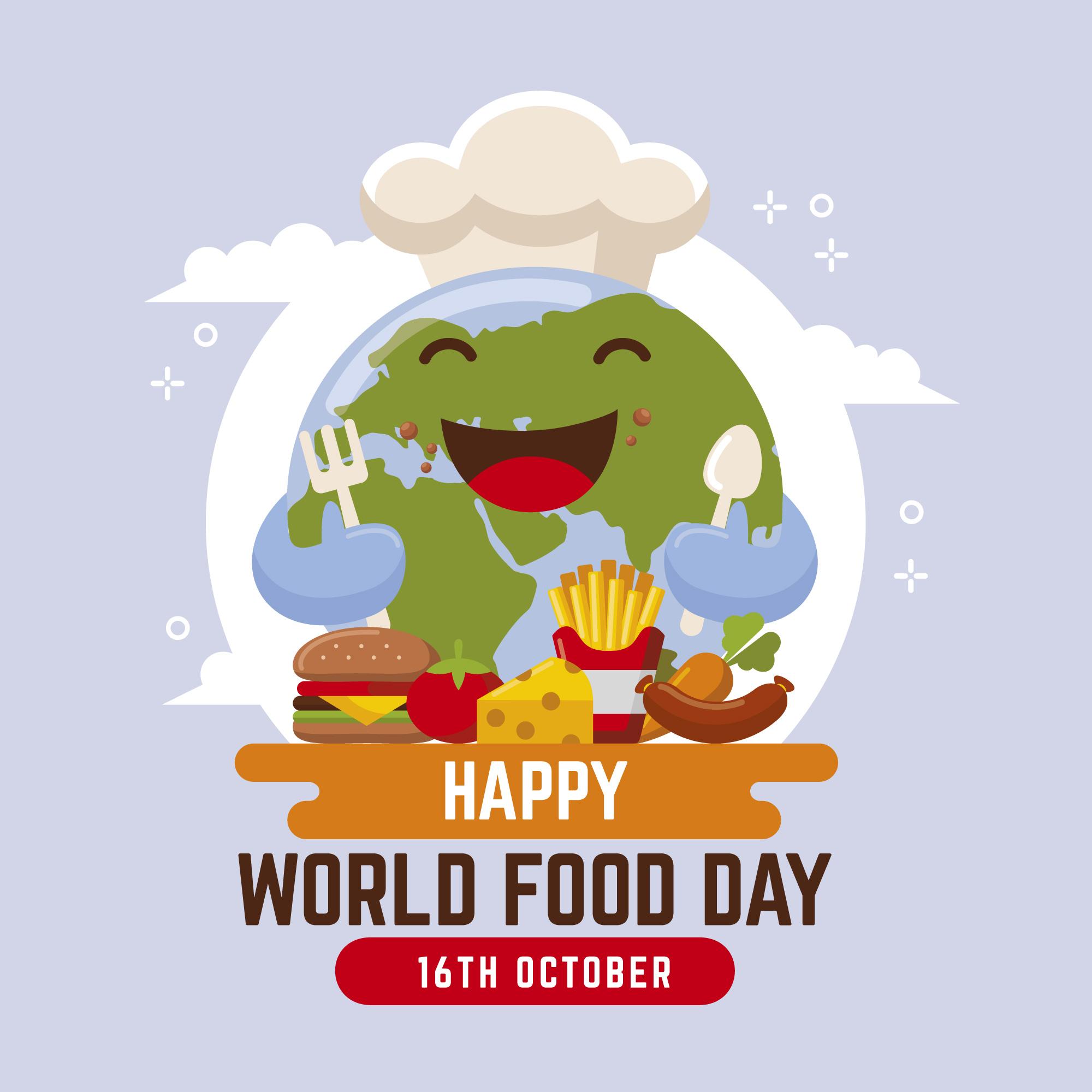Introduction:
Food is not just a necessity; it is a source of comfort, culture, and pleasure for people all over the world. We trust that the food we consume is safe, genuine, and produced with integrity. However, a shadowy world of food fraud and counterfeiting exists, putting our trust and health at risk. This global problem spans continents and involves a wide range of products, from the everyday to the exotic. In this comprehensive exploration, we will delve into some of the most commonly faked foods worldwide, understanding the methods used to deceive consumers and the far-reaching consequences of these fraudulent practices.
- Olive Oil: The Liquid Gold of Deception
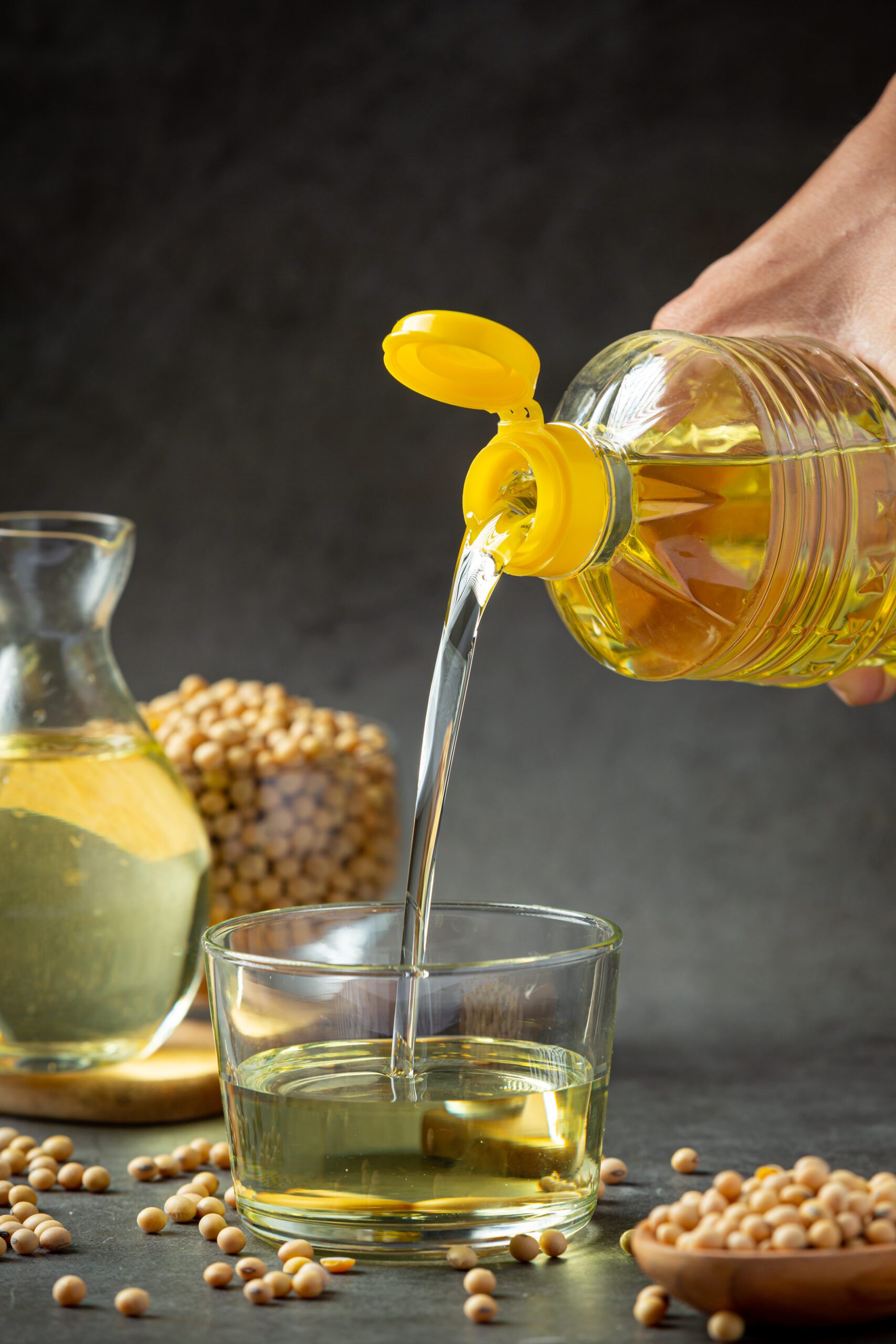
Olive oil, often referred to as “liquid gold,” is one of the most commonly faked foods globally. This prized oil has been cherished for centuries for its health benefits and culinary versatility. However, its high price and the potential for substantial profits have made it a prime target for adulteration.
- The Deception: Olive oil fraud typically involves diluting extra virgin olive oil with cheaper oils like soybean or canola oil. In some cases, lower-quality olive oil is also passed off as extra virgin. Counterfeiters sometimes add flavorings and coloring agents to mimic the rich aroma and golden hue of genuine extra virgin olive oil.
- The Impact: Consumers are the primary victims of olive oil fraud. They pay a premium for what they believe is a high-quality product but receive an inferior or adulterated oil instead. Producers of genuine olive oil suffer economically due to unfair competition from counterfeiters.
- Honey: The Sweet Swindle
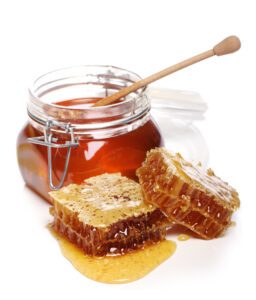

Honey, nature’s sweet gift, is another commonly faked food item worldwide. This natural sweetener is not only delicious but also boasts various health benefits, making it a sought-after product in the global market.
- The Deception: Adulterated honey is often diluted with sugar syrup or corn syrup. This dilution can be challenging to detect, leaving consumers with a product that lacks the purity and nutritional value of real honey.
- The Impact: Honest beekeepers and honey producers face downward price pressures due to counterfeit honey flooding the market. Consumers, unaware of the fraud, end up buying lower-quality honey, thinking it is pure.
- Milk: The Whitened Deceit


Milk, a staple in most diets worldwide, is another unsuspecting victim of food fraud. The adulteration of milk can not only reduce its nutritional value but also pose health risks.
- The Deception: Common adulterants in milk include water, chalk, or other substances that increase volume while masking dilution. The addition of these substances can compromise the milk’s nutritional content.
- The Impact: Consumers who believe they are purchasing wholesome milk may unknowingly be getting a diluted or adulterated product. Honest dairy farmers and producers face economic challenges due to unfair competition from those selling counterfeit milk.
- Fish: Swimming in Deception


Fish is a vital source of protein for billions of people worldwide, and the demand for seafood is ever-increasing. Unfortunately, this popularity has created opportunities for fraudulent practices within the industry.
- The Deception: Seafood fraud often involves mislabeling or substituting one fish species for another. Sometimes, less expensive or unsustainable fish are sold as premium varieties. Mislabeling can occur at various stages of the supply chain, from the boat to the dining table.
- The Impact: Consumers may unknowingly contribute to overfishing and environmental damage by purchasing mislabeled fish. Legitimate fishers and seafood producers suffer economically, and trust in the industry is eroded.
- Spices: A Dash of Deceit
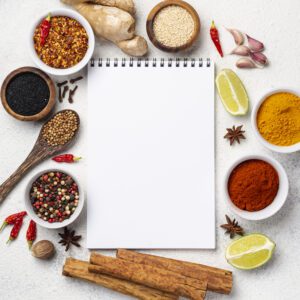

Spices like saffron, turmeric, and paprika are treasured for their aromatic flavors and health benefits. However, the high market value of these spices makes them attractive targets for adulteration.
- The Deception: Spices are often adulterated with cheaper substitutes or fillers to increase quantity. For example, saffron, one of the world’s most expensive spices, is frequently diluted with other materials, significantly reducing its quality.
- The Impact: Consumers may lose out on the unique flavors and health benefits of genuine spices. Additionally, counterfeit spices can harm local spice industries, as consumers seek cheaper alternatives.
- Coffee: The Daily Deception


Coffee, the world’s favorite morning pick-me-up, is also prone to fraud. The desire for a rich, aromatic cup of coffee has led to various deceptive practices in the industry.
- The Deception: Ground coffee is frequently cut with cheaper additives like chicory, corn, or roasted barley to increase volume. As a result, consumers receive diluted coffee, often without realizing it.
- The Impact: Coffee enthusiasts may unknowingly pay for inferior coffee, and genuine coffee producers face unfair competition from counterfeit products.
- Wine: The Imitation Intoxication


Wine, often associated with sophistication and celebration, is another product commonly counterfeited. Counterfeit wine can deceive consumers and damage the reputation of legitimate winemakers.
- The Deception: Counterfeit wine bottles and labels are created to mimic prestigious brands. These bottles often contain subpar or entirely different wine inside, masquerading as a high-quality vintage.
- The Impact: Authentic winemakers face brand reputation damage due to counterfeit products bearing their labels. Consumers may unknowingly purchase inferior wine, believing it to be a premium product.
- Fruit Juice: The Juicy Jeopardy
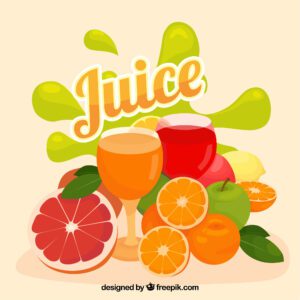

Fruit juice, a refreshing and nutritious beverage, is also susceptible to fraud. Adulteration of fruit juices involves various deceptive practices.
- The Deception: Some fruit juices are diluted with water or cheaper juices, reducing their quality and flavor. To mask dilution, artificial flavors and colors are often added.
- The Impact: Consumers may unknowingly purchase watered-down juice, and honest juice producers face competition from counterfeit products.
- Cheese: The Cheesy Charade


Cheese, celebrated for its diverse flavors and textures, is another product that counterfeiters target. The adulteration of cheese can have dire consequences for consumers and producers.
- The Deception: High-quality cheeses are sometimes diluted with inferior ones or replaced entirely with counterfeit cheese. Counterfeiters may resort to various methods to imitate the appearance and texture of genuine cheese.
- The Impact: Authentic cheese producers face unfair competition, and consumers may end up with lower-quality cheese while paying premium prices.
- Tea: The Tricky Tea


Tea, one of the world’s most consumed beverages, is also prone to adulteration. The demand for a diverse range of teas has created opportunities for counterfeiters.
- The Deception: Tea leaves can be adulterated with other plant material, reducing the quality and flavor of the tea. Sometimes, tea labeled as premium or exotic varieties may contain lower-quality leaves.
The Impact: Consumers may be deprived of the true taste and health benefits of genuine tea, and tea growers suffer from a lack of demand for their authentic products due to counterfeit competition.
- Truffles: The Underground Deception
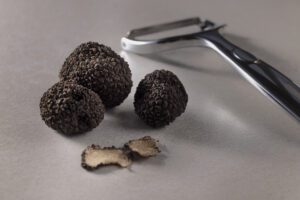

Truffles, often referred to as “diamonds of the kitchen,” are one of the world’s most sought-after and expensive ingredients. These elusive fungi grow underground in symbiotic relationships with tree roots, and their unique flavor makes them a delicacy in the culinary world.
- The Deception: The rarity and high market value of truffles have made them a prime target for counterfeiters. Truffle oil, for example, is frequently flavored with synthetic chemicals to mimic the aroma and taste of real truffles. Truffle products may also contain minimal traces of actual truffle or none at all.
- The Impact: Consumers who purchase truffle products may unknowingly miss out on the authentic truffle experience. Additionally, genuine truffle producers face economic challenges as counterfeit products flood the market.
The Consequences of Food Fraud
Food fraud, though it may seem like a victimless crime, has far-reaching consequences that affect various stakeholders:
- Consumer Health Risk: Adulterated or counterfeit foods can pose health risks. For instance, diluted olive oil may lack the health benefits of extra virgin olive oil, and counterfeit honey may not offer the same antimicrobial properties as real honey.
- Economic Impact: Legitimate farmers, producers, and manufacturers suffer economic losses due to unfair competition from counterfeit products. This can result in job losses and damage to local economies.
- Loss of Trust: Food fraud erodes consumer trust in the food industry. When consumers are unsure about the authenticity of the products they purchase, they may become skeptical of food labels and brands.
- Environmental Impact: Mislabeling and substitution in the seafood industry can lead to overfishing and harm to marine ecosystems. Counterfeit fish may be sourced through unsustainable practices.
- Global Trade Disruptions: Food fraud can disrupt global trade when counterfeit products enter international markets, potentially leading to trade disputes and diplomatic tensions.
Detecting and Preventing Food Fraud
Addressing food fraud requires concerted efforts from various stakeholders, including governments, regulatory agencies, producers, and consumers. Here are some strategies to detect and prevent food fraud:
- Enhanced Testing: Governments and regulatory agencies can implement more stringent testing and monitoring of food products, focusing on vulnerable sectors.
- Transparent Supply Chains: Companies can establish transparent supply chains, allowing consumers to trace the journey of their food products from source to shelf.
- Educating Consumers: Raising consumer awareness about common food fraud practices and encouraging vigilant label reading can help consumers make informed choices.
- Regulations and Penalties: Governments can enact and enforce stricter regulations and penalties for those involved in food fraud. This includes criminal charges for severe cases.
- Industry Collaboration: Collaboration within industries can help establish best practices and standards to prevent fraud. Trade associations and certification programs can play a role in this regard.
- Technological Solutions: Embracing technology like blockchain can enhance traceability and transparency in supply chains, making it more challenging for counterfeit products to enter the market.
- Third-Party Audits: Independent auditing bodies can conduct regular inspections of food producers and manufacturers to ensure compliance with quality and authenticity standards.
In conclusion, food fraud is a pervasive global issue that affects a wide range of products, from everyday staples like milk and olive oil to luxury items like truffles and wine. Its consequences are not limited to economic losses but also encompass health risks, environmental impacts, and a loss of consumer trust. To combat food fraud effectively, it is crucial for governments, industries, and consumers to work together, employing a combination of stricter regulations, technological solutions, and increased awareness. Only through these collective efforts can we hope to ensure the integrity and authenticity of the food we consume, protecting both our health and the sustainability of the food industry.

